"Apple Mortgage Cake" is an original movie that premiered on the cable Channel UP in April of 2014. This film is
based on a true story, it stars Kimberly Elise ("Hit the Floor," "Diary of a Mad Black Woman") as Angela Logan, a single working mother of three teen boys (A.J. Saudin, Stephan James, Lamar Johnson) facing eviction in 2009 from her already deteriorating New Jersey family home unless she can come up with $4,000 in ten days.
She concocts a plan to bake 100 of her signature apple cakes and sell them for $40 in order to raise the money, and word of her efforts soon spreads locally, nationally and internationally.
Despite being fiercely independent, Angela has to learned to accept the kindness and help of others. In real life, Angela is Angela Logan, now the owner of Mortgage Apple Cakes, LLC, based in Teaneck, N.J. Asked about the movie airing on Easter Sunday, Elise says, "The movie deserves it. It's such a great story. I thought it was such a beautiful and inspiring story and so relevant to a lot of people's situations in our country right now, financially. It offers a rare ray of hope in what is a very dark time for a lot of people."
Logan is also an actress and has a cameo in the film, so Elise got to meet her counterpart. "Angela is a really amazing woman, [a] beautiful spirit," Elise tells Zap2it, "She's resilient and resourceful, obviously. She's very giving, very joyous, very appreciative. I just really respect and admire her so much."
Unfortunately, Angela Logan's household was one of too many with no father in the home.
"That's a reality for a lot of people," says Elise. "But you can't feel sad about it, you have to take care of it, take care of your kids and your family, and that's what she did." "The lesson that she teaches is that we all have something inside of us, a gift, that if we choose to tap into it, it can help us in ways we never imagined."
Logan also did something special for Elise. "I'm a vegan," Elise says, "so I wasn't able to taste the cake. So she surprised me and created a vegan cake for me. It was amazing, absolutely delicious. She made me a cupcake. In fact, it was so good, that it's now on her menu, and she sells it from her bakery, and it's doing really well. She told me she's working on a gluten-free one as well. She's a master; she's going to get it right."
Source of article: Zap2it
based on a true story, it stars Kimberly Elise ("Hit the Floor," "Diary of a Mad Black Woman") as Angela Logan, a single working mother of three teen boys (A.J. Saudin, Stephan James, Lamar Johnson) facing eviction in 2009 from her already deteriorating New Jersey family home unless she can come up with $4,000 in ten days.
She concocts a plan to bake 100 of her signature apple cakes and sell them for $40 in order to raise the money, and word of her efforts soon spreads locally, nationally and internationally.
Despite being fiercely independent, Angela has to learned to accept the kindness and help of others. In real life, Angela is Angela Logan, now the owner of Mortgage Apple Cakes, LLC, based in Teaneck, N.J. Asked about the movie airing on Easter Sunday, Elise says, "The movie deserves it. It's such a great story. I thought it was such a beautiful and inspiring story and so relevant to a lot of people's situations in our country right now, financially. It offers a rare ray of hope in what is a very dark time for a lot of people."
Logan is also an actress and has a cameo in the film, so Elise got to meet her counterpart. "Angela is a really amazing woman, [a] beautiful spirit," Elise tells Zap2it, "She's resilient and resourceful, obviously. She's very giving, very joyous, very appreciative. I just really respect and admire her so much."
Unfortunately, Angela Logan's household was one of too many with no father in the home.
"That's a reality for a lot of people," says Elise. "But you can't feel sad about it, you have to take care of it, take care of your kids and your family, and that's what she did." "The lesson that she teaches is that we all have something inside of us, a gift, that if we choose to tap into it, it can help us in ways we never imagined."
Logan also did something special for Elise. "I'm a vegan," Elise says, "so I wasn't able to taste the cake. So she surprised me and created a vegan cake for me. It was amazing, absolutely delicious. She made me a cupcake. In fact, it was so good, that it's now on her menu, and she sells it from her bakery, and it's doing really well. She told me she's working on a gluten-free one as well. She's a master; she's going to get it right."
Source of article: Zap2it
Links to More Articles about Angela Logan, "Apple Mortgage Cake" & Video Interviews:
-She baked her way out of foreclosure
-Teaneck woman who baked 'Mortgage Apple Cakes' to save house now subject of movie
-TV movie tells story of Teaneck woman who saved house by baking
-How Baking Cakes Saved This Boomer From Foreclosure---And Spawned A Side-Business
-Apple cakes save home from foreclosure
-The Mortgage Apple Cake by Angela Logan - SOLD OUT
-Apple Mortgage Cake | YouTube
-Angela Logan | Apple Mortgage Cake
-She baked her way out of foreclosure
-Teaneck woman who baked 'Mortgage Apple Cakes' to save house now subject of movie
-TV movie tells story of Teaneck woman who saved house by baking
-How Baking Cakes Saved This Boomer From Foreclosure---And Spawned A Side-Business
-Apple cakes save home from foreclosure
-The Mortgage Apple Cake by Angela Logan - SOLD OUT
-Apple Mortgage Cake | YouTube
-Angela Logan | Apple Mortgage Cake

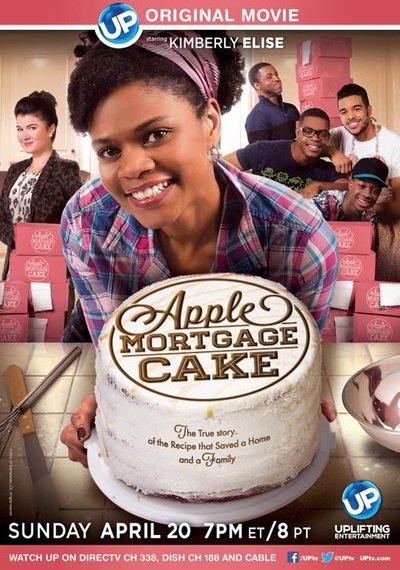
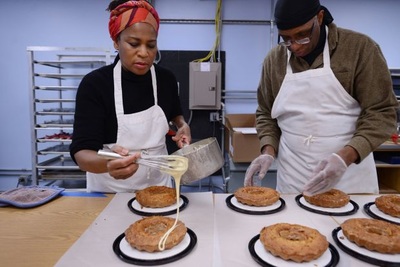
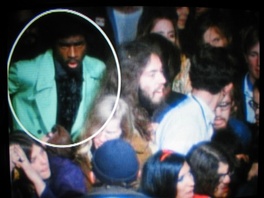
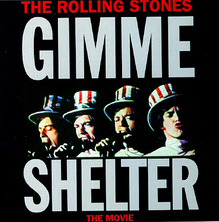

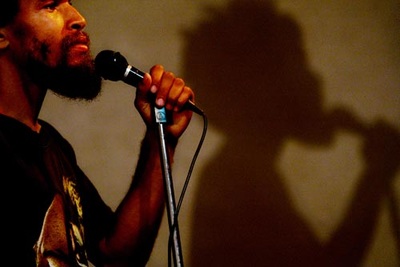







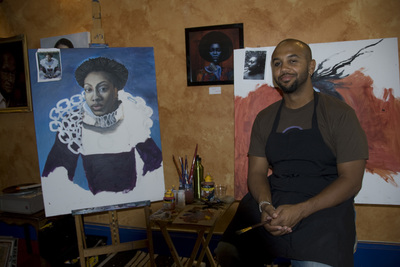
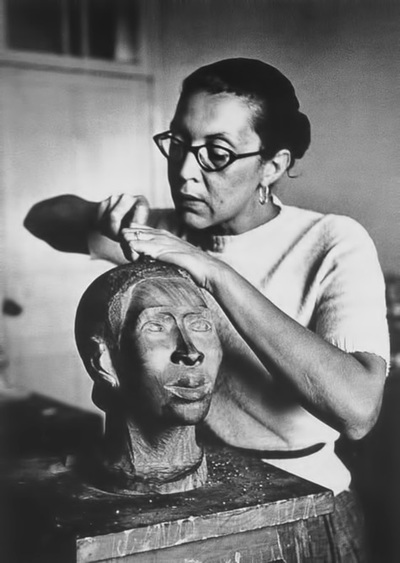

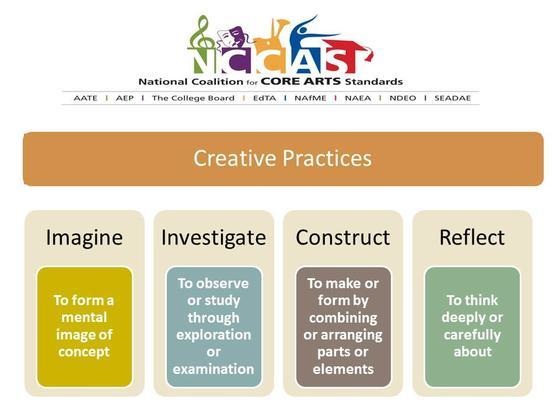

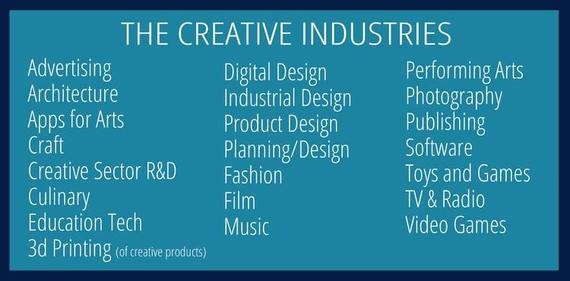
 RSS Feed
RSS Feed
